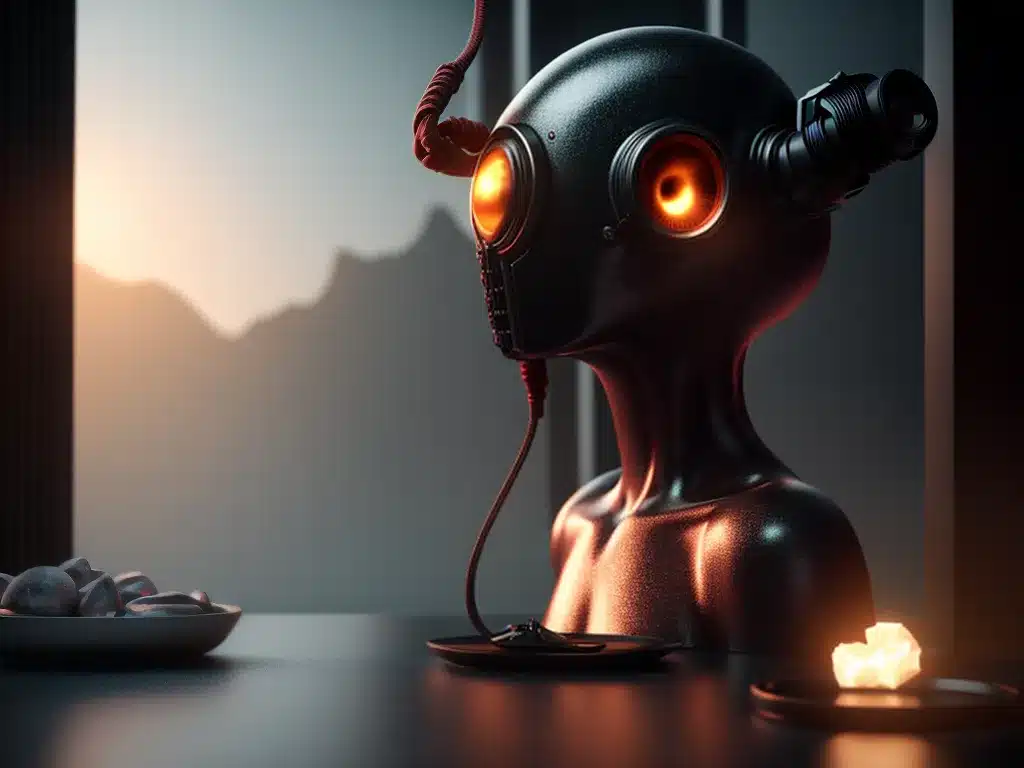
Introduction
I have been using Octane Render for a few months now and absolutely love it. As someone new to 3D rendering, I was amazed by how easy it was to pick up and the incredible results I could achieve in a short amount of time.
In this guide, I want to walk through the basics of Octane Render and share some tips I’ve learned along the way for creating stunning visuals. Whether you’re a beginner looking to get started with Octane or have some experience and want to take your skills to the next level, I hope you’ll find this guide helpful.
Getting Started with Octane Render
Octane Render is a GPU-accelerated unbiased renderer that works as a plugin for 3D graphics programs like Cinema 4D, Blender, and 3ds Max. The key advantages of Octane are its speed, interactivity, and ease of use.
Here’s a quick overview of how to get set up with Octane Render:
- Install the Octane Render plugin for your 3D software. This is usually very straightforward.
- Enable GPU rendering in your 3D software and Octane preferences to take full advantage of your graphics card. Octane relies on the GPU for its speed.
- Use the Octane Live Viewer to see updates to your scene in real-time as you work. This interactivity is incredibly useful.
- Start with Octane’s built-in materials like glossy, diffuse, metal, etc. These make it easy to get great results quickly.
- Use Octane Lights like the area light, sun, sky, and environment lights to easily light your scenes.
Once you have Octane installed and enabled, those basics will get you up and running. Now let’s look at some tips for creating stunning visuals.
Tips for Creating Stunning Visuals
After using Octane Render for several months now, I’ve picked up some useful techniques for creating professional, photorealistic visuals. Here are some of my top tips:
Use Photographic Textures
One of the best ways to add realism is to use actual photographic textures on your materials. For example, using a concrete texture for walls or flooring rather than a procedural concrete material. Photos add imperfections and irregularities that make things look more realistic.
Octane makes this easy with its built-in texture import and UV mapping tools. Check out sites like Texture Haven, CGCelebration, TextureFabrik or CC0 Textures for tons of free, high quality photo textures.
Mix Diffuse, Glossy, and Roughness
When creating materials in Octane, mix and layer different types of materials like diffuse, glossy, and roughness. Using just diffuse on an object looks flat. Add some glossiness to get nice reflections and highlights. Then use roughness to break up and diffuse the reflections.
This layering creates much more realistic and visually interesting materials. The Live Viewer makes it easy to preview and tweak materials interactively.
Light with HDRIs
One of the easiest ways to get photorealistic lighting is by using HDRI (high dynamic range images) in Octane’s environment light. HDRIs capture real world lighting information you can use in your scene.
HDRLabs and HDRI Haven have tons of free HDRIs to choose from. Place your main objects in the center of the HDRI as if they are really there in that environment. Use Octane’s sky and sun to tweak and supplement the HDRI lighting.
Add Imperfections with Displacement
Subtle surface imperfections go a long way in adding realism. Octane’s displacement renders fine 3D texture to surfaces based on a texture. So you can add visible bumps, grooves, scratches etc. to break up the perfection.
Use a noise texture with low amplitude for a general roughness. Or use photo textures like fingerprints for selective imperfection. The Live Viewer makes it easy to see the displacement directly in the viewport.
Embrace Noise and Artifacts
At first, I wanted to eliminate all noise and artifacts in my renders. But I learned that a bit of noise, grain, chromatic aberration etc. can actually enhance realism. Slight imperfections make computer generated images feel more photographed or filmed.
Octane has built-in noise, film grain, and chromatic aberration controls. Don’t go overboard, but a touch of these effects can make your scene more convincing. Subtle camera effects like motion blur also enhance realism.
Meticulously Tweak Details
To take your scenes to the next level, obsess over the tiny details. Adjust material textures, lighting, camera angles etc. with precision. Zoom into an area and tweak textures, bump maps, roughness etc. to get surfaces just right.
Slowly build up many micro-adjustments across all the objects, lighting, and materials. It can be tedious but taking the time to refine every element is key for photorealism. Octane’s interactivity helps make this feasible.
Conclusion
I hope these Octane Render tips help you create stunning photorealistic visuals and take your work to the next level. Octane makes it surprisingly easy to get professional results. With some practice and these techniques, you’ll be amazed by the photorealistic images you can create.
The key is to start simple, and slowly layer in details piece by piece. Use photographic textures, mix materials, light with HDRIs, add imperfections, tweak details, and don’t be afraid of some noise and artifacts. Immersing yourself in Octane Render and practicing regularly is the best way to master it.
Have fun unleashing your creativity with this incredible software! Let me know if you have any other Octane Render tips or questions.












